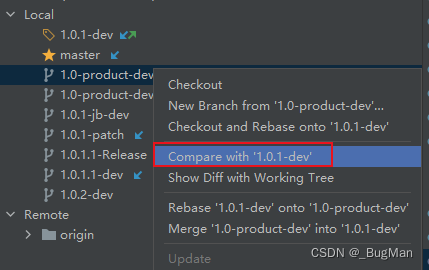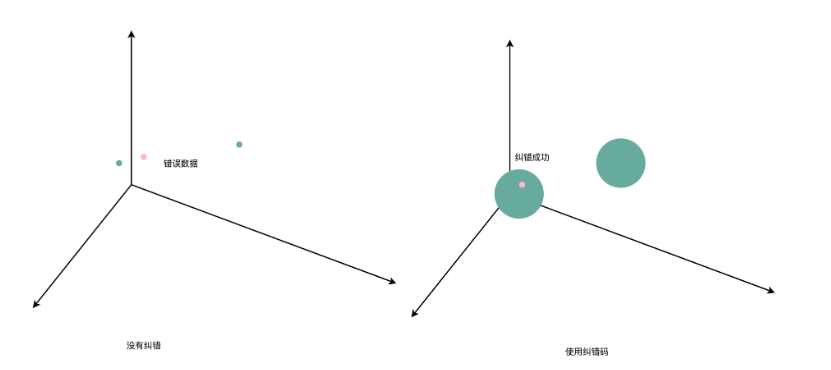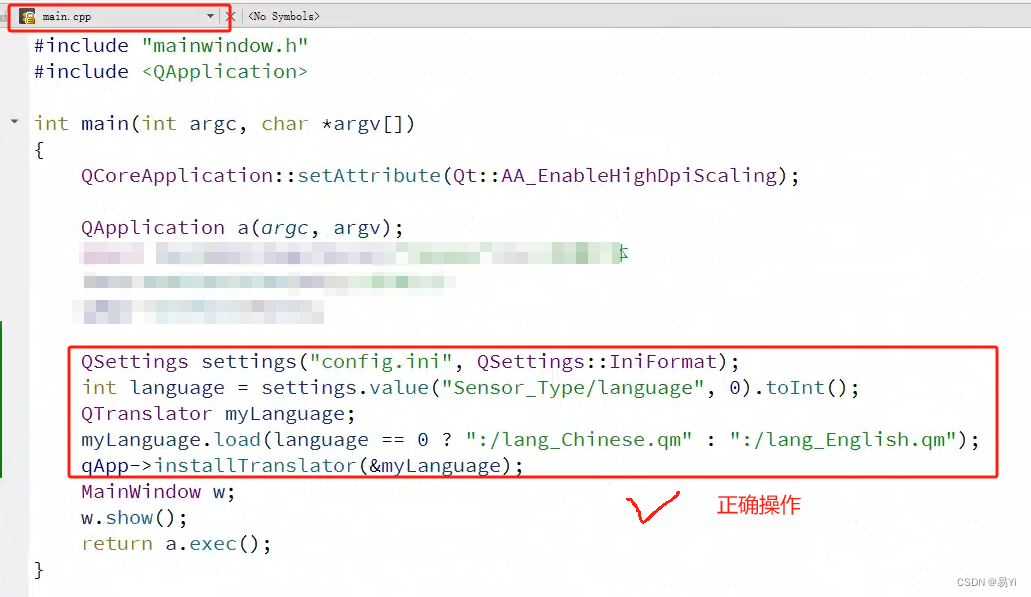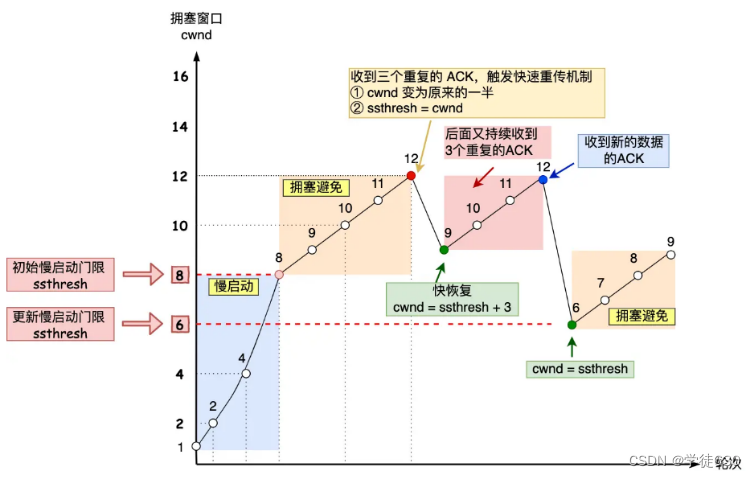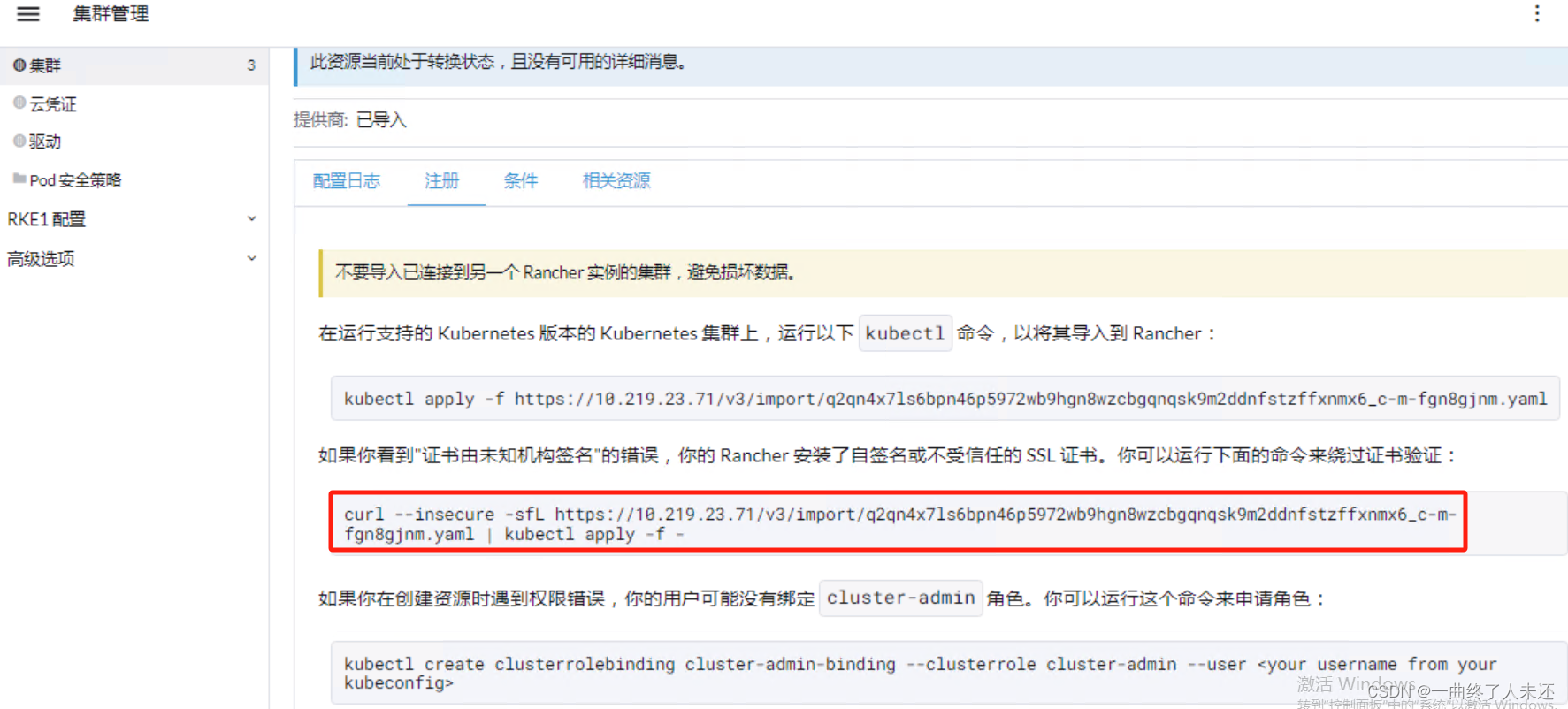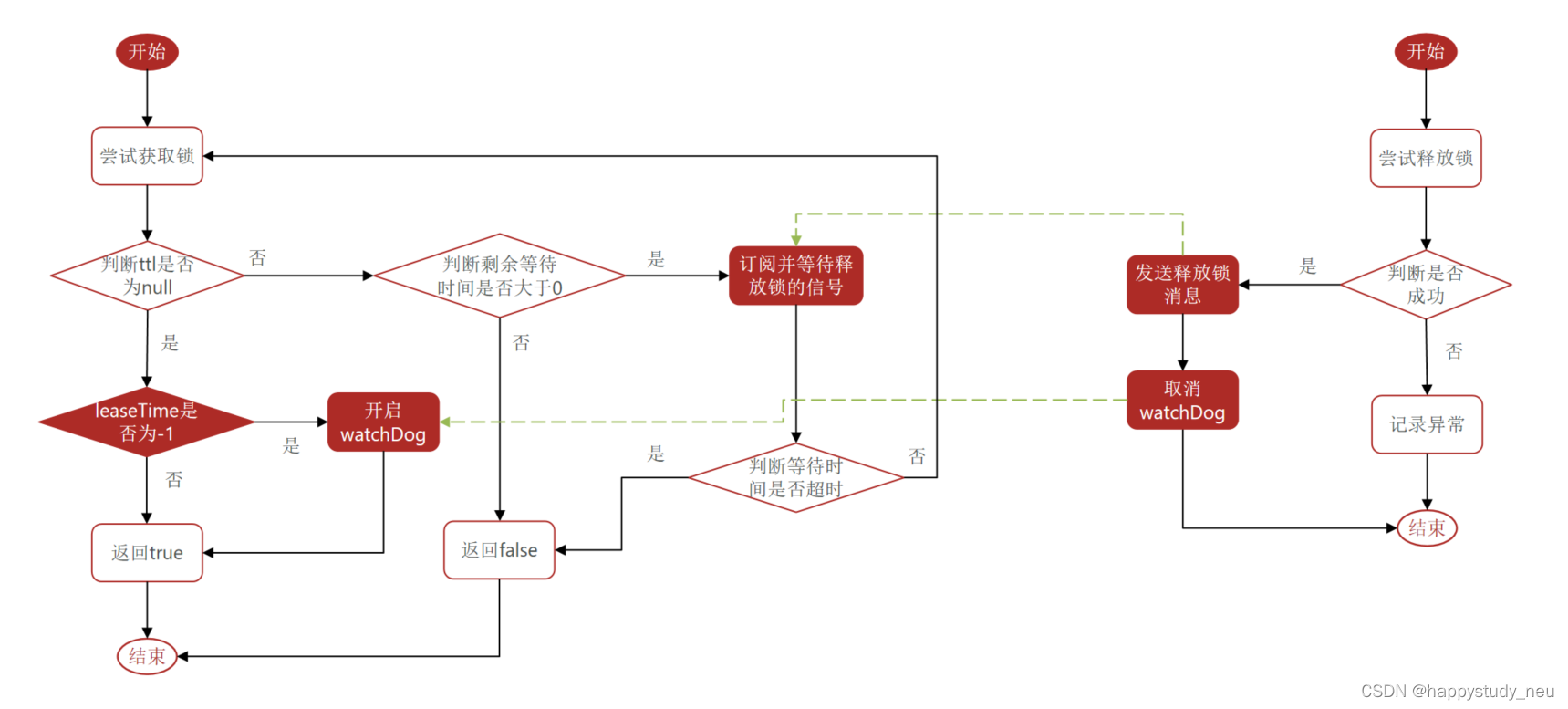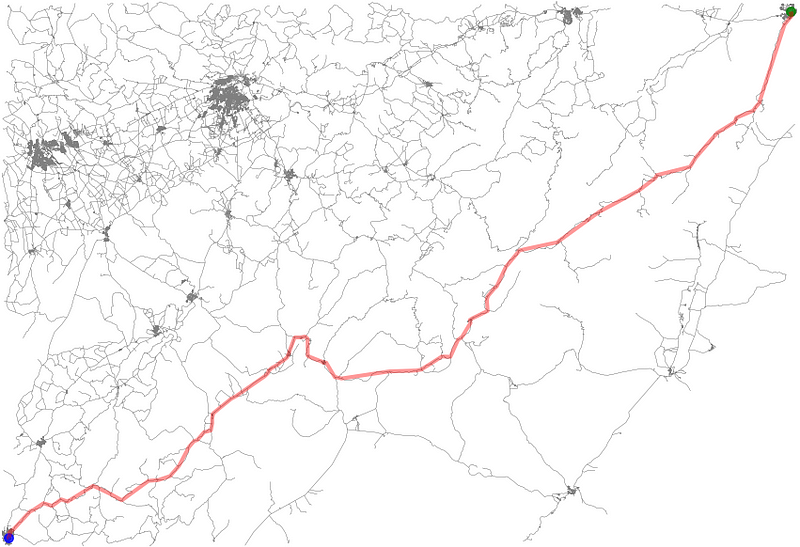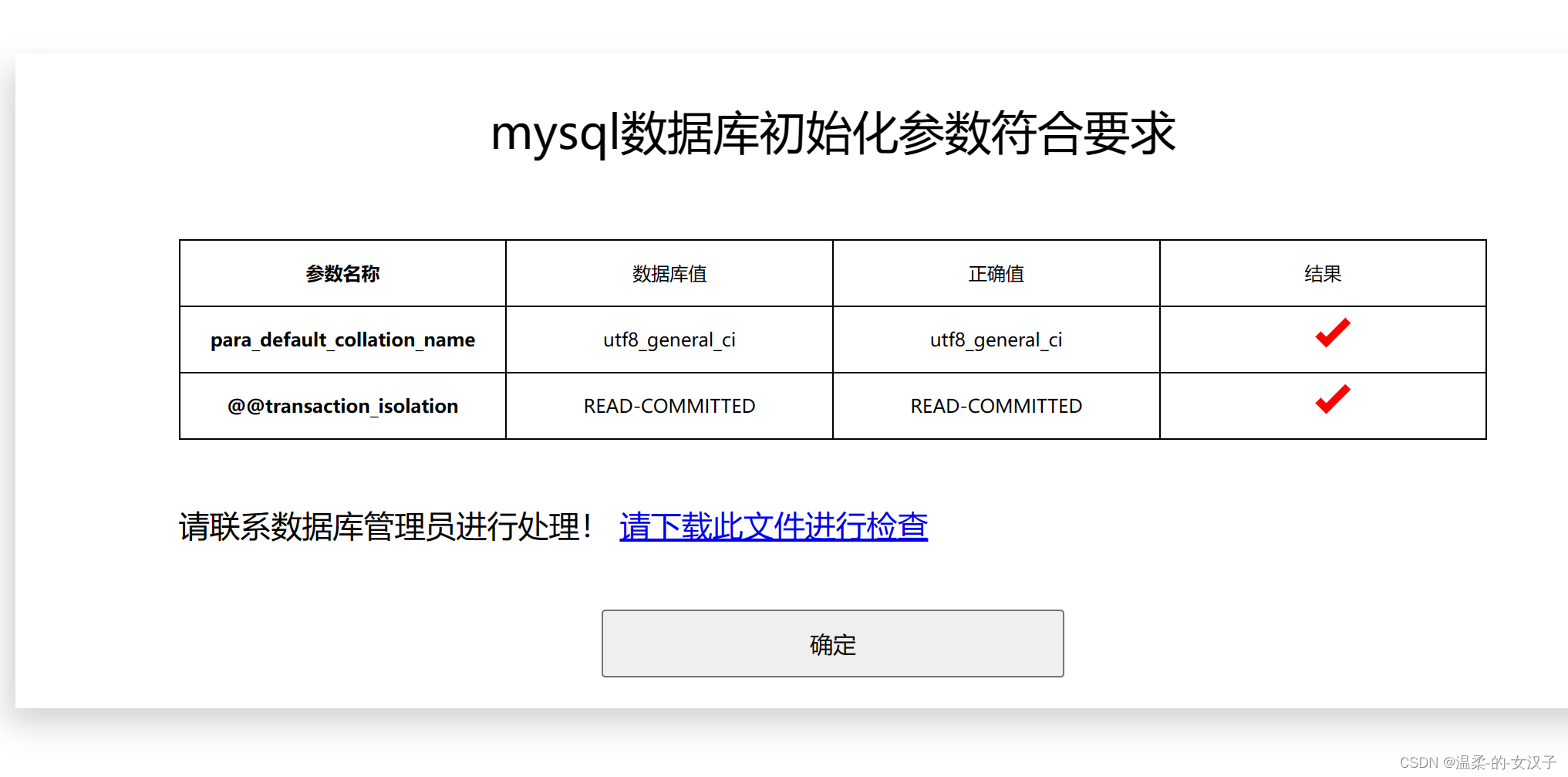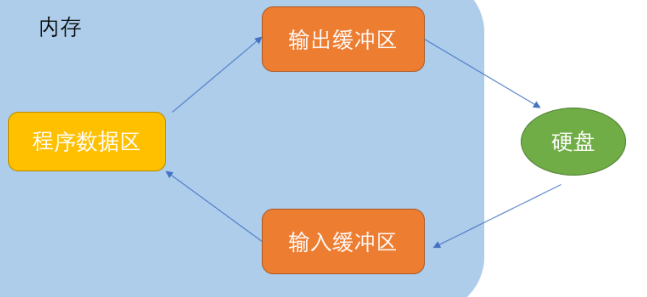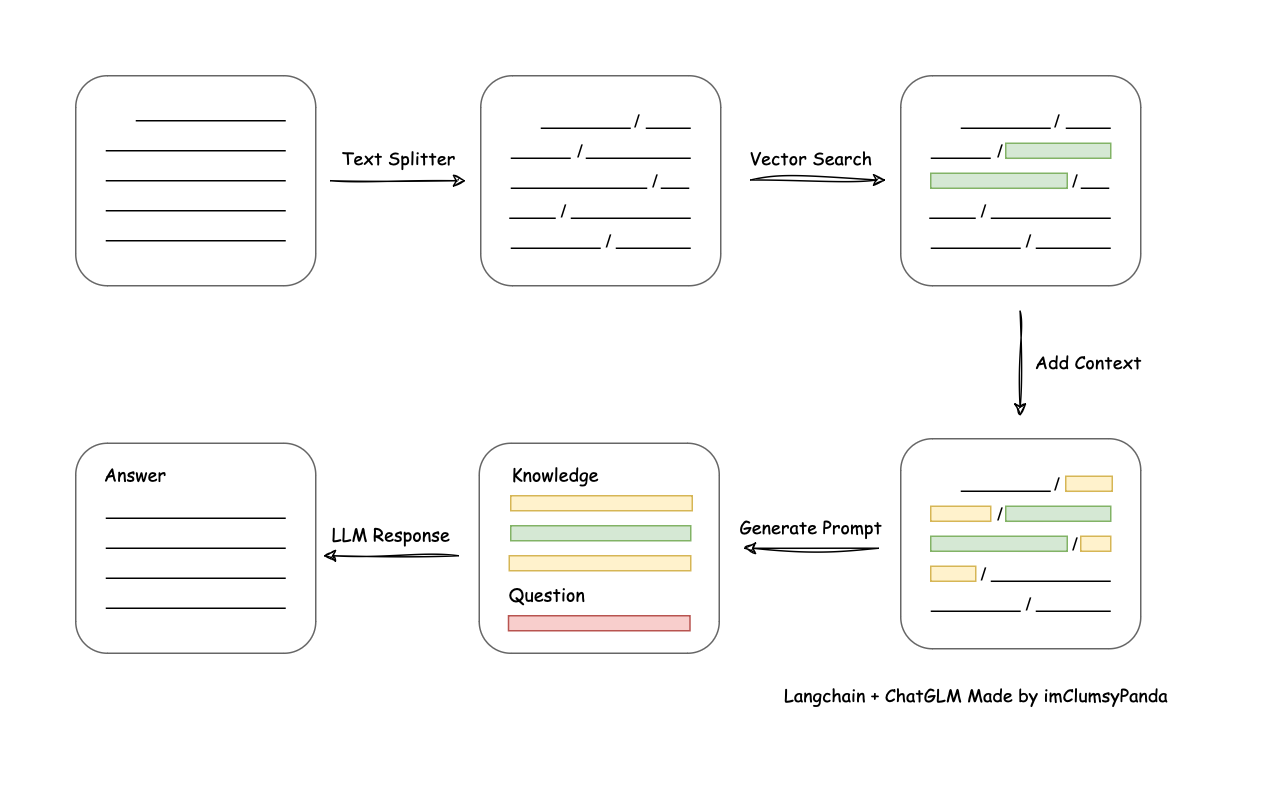利用C语言调用阿里云Python接口,来实现垃圾的智能识别
文章目录
- 利用C语言调用阿里云Python接口,来实现垃圾的智能识别
- 1、如何开启阿里云服务
- 2、实验程序介绍
- 2.1 `py`程序改造
- 2.2 c语言调用`py`
- 2.3 测试代码
- 3、实验结果
1、如何开启阿里云服务
大家可以自行在官网上面选择并开启,只有一次免费调用机会,于是我充了2块钱(恶毒的资本家)
垃圾分类识别常用语言和示例有哪些_视觉智能开放平台(VIAPI)-阿里云帮助中心 (aliyun.com)
2、实验程序介绍
2.1 py程序改造
- 我们需要改造下阿里云提供给我们的代码,封装成一个函数,供后C程序调用
没学过Python也没关系,我们不需要改很多,有c的基础,知道
.py文件是上面功能就ok。
# garbage.py
# -*- coding: utf-8 -*-
# 引入依赖包
# pip install alibabacloud_imagerecog20190930
import os
import io
from urllib.request import urlopen
from alibabacloud_imagerecog20190930.client import Client
from alibabacloud_imagerecog20190930.models import ClassifyingRubbishAdvanceRequest
from alibabacloud_tea_openapi.models import Config
from alibabacloud_tea_util.models import RuntimeOptions
config = Config(
# 创建AccessKey ID和AccessKey Secret,请参考https://help.aliyun.com/document_detail/175144.html。
# 如果您用的是RAM用户的AccessKey,还需要为RAM用户授予权限AliyunVIAPIFullAccess,请参考https://help.aliyun.com/document_detail/145025.html
# 从环境变量读取配置的AccessKey ID和AccessKey Secret。运行代码示例前必须先配置环境变量。
access_key_id=os.environ.get('ALIBABA_CLOUD_ACCESS_KEY_ID'),
access_key_secret=os.environ.get('ALIBABA_CLOUD_ACCESS_KEY_SECRET'),
# 访问的域名
endpoint='imagerecog.cn-shanghai.aliyuncs.com',
# 访问的域名对应的region
region_id='cn-shanghai'
)
def alibaba_garbage(): # 封装成一个函数,方便其他文件调用
#场景一:文件在本地
###
img = open(r'/home/orangepi/garbage/lj/test2.jpg','rb')#这边是我们自定义的文件目录
###
# img = open(r'/tmp/garbage.jpg','rb')
#场景二:使用任意可访问的url
# url = 'https://viapi-test-bj.oss-cn-beijing.aliyuncs.com/viapi-3.0domepic/imagerecog/ClassifyingRubbish/ClassifyingRubbish1.jpg'
# img = io.BytesIO(urlopen(url).read())
classifying_rubbish_request = ClassifyingRubbishAdvanceRequest()
classifying_rubbish_request.image_urlobject = img
runtime = RuntimeOptions()
try:
# 初始化Client
client = Client(config)
response = client.classifying_rubbish_advance(classifying_rubbish_request, runtime)
# 获取整体结果
# print(response.body) # 默认
# print(response.body.to_map()) # 打印出body的类型
print(response.body.to_map()['Data']['Elements'][0]['Category']) # 打印出body的类型
return response.body.to_map()['Data']['Elements'][0]['Category']
# 提供调用方便
except Exception as error:
# 获取整体报错信息
# print(error)
# 获取单个字段
# print(error.code)
return '获取失败'
if __name__== "__main__": #这是主函数哦
alibaba_garbage() #调用我们前面封装的函数
2.2 c语言调用py
-
前面的文章讲过啦,不懂得同学可以回去看看;
在Linux环境底下 用C语言执行Python程序-CSDN博客
-
程序
// garbage.c
// C语言引用Python文件
#if 0
/*
1、包含Python.h头文件,以便使用Python API。
2、使用void Py_Initialize()初始化Python解释器,
3、使用PyObject *PyImport_ImportModule(const char *name)和PyObject
*PyObject_GetAttrString(PyObject *o, const char *attr_name)获取sys.path对象,并利用
int PyList_Append(PyObject *list, PyObject *item)将当前路径.添加到sys.path中,以便加载
当前的Python模块(Python文件即python模块)。
4、使用PyObject *PyImport_ImportModule(const char *name)函数导入Python模块,并检查是否
有错误。
5、使用PyObject *PyObject_GetAttrString(PyObject *o, const char *attr_name)函数获取
Python函数对象,并检查是否可调用。
+6、使用PyObject *Py_BuildValue(const char *format, ...)函数将C类型的数据结构转换成
Python对象,作为Python函数的参数,没有参数不需要调用
7、使用PyObject *PyObject_CallObject(PyObject *callable, PyObject *args)函数调用
Python函数,并获取返回值。
+8、使用int PyArg_Parse(PyObject *args, const char *format, ...)函数将返回值转换为C类
型,并检查是否有错误,没有返回值时不需要调用。
9、使用void Py_DECREF(PyObject *o)函数释放所有引用的Python对象。
10、结束时调用void Py_Finalize()函数关闭Python解释器。
相关的函数参数说明参考网站(网站左上角输入函数名即可开始搜索):
https://docs.python.org/zh-cn/3/c-api/import.html
*/
#endif
#include <Python.h>
#include "garbage.h"
void garbage_init(void)
{
Py_Initialize();
// 将当前路径添加到sys.path中
PyObject *sys = PyImport_ImportModule("sys");//初始化python解释器
PyObject *path = PyObject_GetAttrString(sys, "path");
PyList_Append(path, PyUnicode_FromString("."));
}
void garbage_final(void)
{
//释放所有引用的Python对象
Py_Finalize();
}
char *garbage_category(char *category)
{
// 导入para模块
PyObject *pModule = PyImport_ImportModule("garbage");//引用的是本目录底下的garbage.py文件
if (!pModule)
{
PyErr_Print();
printf("Error: failed to load para.py\n");
goto FAILED_MODULE;
}
//获取 alibaba_garbage 函数对象
PyObject *pFunc = PyObject_GetAttrString(pModule, "alibaba_garbage");
//garbage.py文件里的这个函数 alibaba_garbage
if (!pFunc)
{
PyErr_Print();
printf("Error: failed to load say_funny\n");
goto FAILED_FUNC;
}
//调用alibaba_garbage函数并获取返回值
PyObject *pValue = PyObject_CallObject(pFunc, NULL);
if (!pValue)
{
PyErr_Print();
printf("Error: function call failed\n");
goto FAILED_VALUE;
}
//将返回值转换为C类型
char *result = NULL; //pValue(py) --> result(c)
if (!PyArg_Parse(pValue, "s", &result))//PyArg_Parse根据指定的格式字符串将 Python 对象转换为 C 变量
{
PyErr_Print();
printf("Error: parse failed\n");
goto FAILED_RESULT;
}
//打印返回值
printf("pValue=%s\n", result);
category = (char*)malloc(sizeof(char)*(strlen(result)+1));//要留一个字节给 \0
memset(category, 0, (strlen(result)+1));
strncpy(category, result,(strlen(result)+1));//复制字符串
//会用来标识某个测试案例、任务或计划未能通过或达到预期的标准或目标;失败后跳转
FAILED_RESULT:
Py_DECREF(pValue);
FAILED_VALUE:
Py_DECREF(pFunc);
FAILED_FUNC:
Py_DECREF(pModule);
FAILED_MODULE:
return category;
}
- 头文件也不能少
//garbage.h
#ifndef __GARBAGE__H
#define __GARBAGE__H
void garbage_init(void);//第一步做初始化,初始python的编译器包括导入当前路劲到sys.path里面
void garbage_final(void);
char *garbage_category(char *category);
#endif
2.3 测试代码
- 我们来测试一下,先准备一张垃圾的图片
- test2.c

//garbagetest.c
#include <stdio.h>
#include <stdlib.h>
#include "garbage.h"
int main(int argc, char *argv[])
{
char *category = NULL;
garbage_init(); // 第一步做初始化,初始python的编译器包括导入当前 路劲到sys.path里面
category = garbage_category(category);
// printf("category = %s\n",category);
garbage_final();
if(category)
free(category);
return 0;
}
3、实验结果
>>> gcc -o garbagetest garbagetest.c garbage.c garbage.h -I /usr/include/python3.10/ -l python3.10
>>> ./garbagetest

欢迎大家一起交流讨论!


